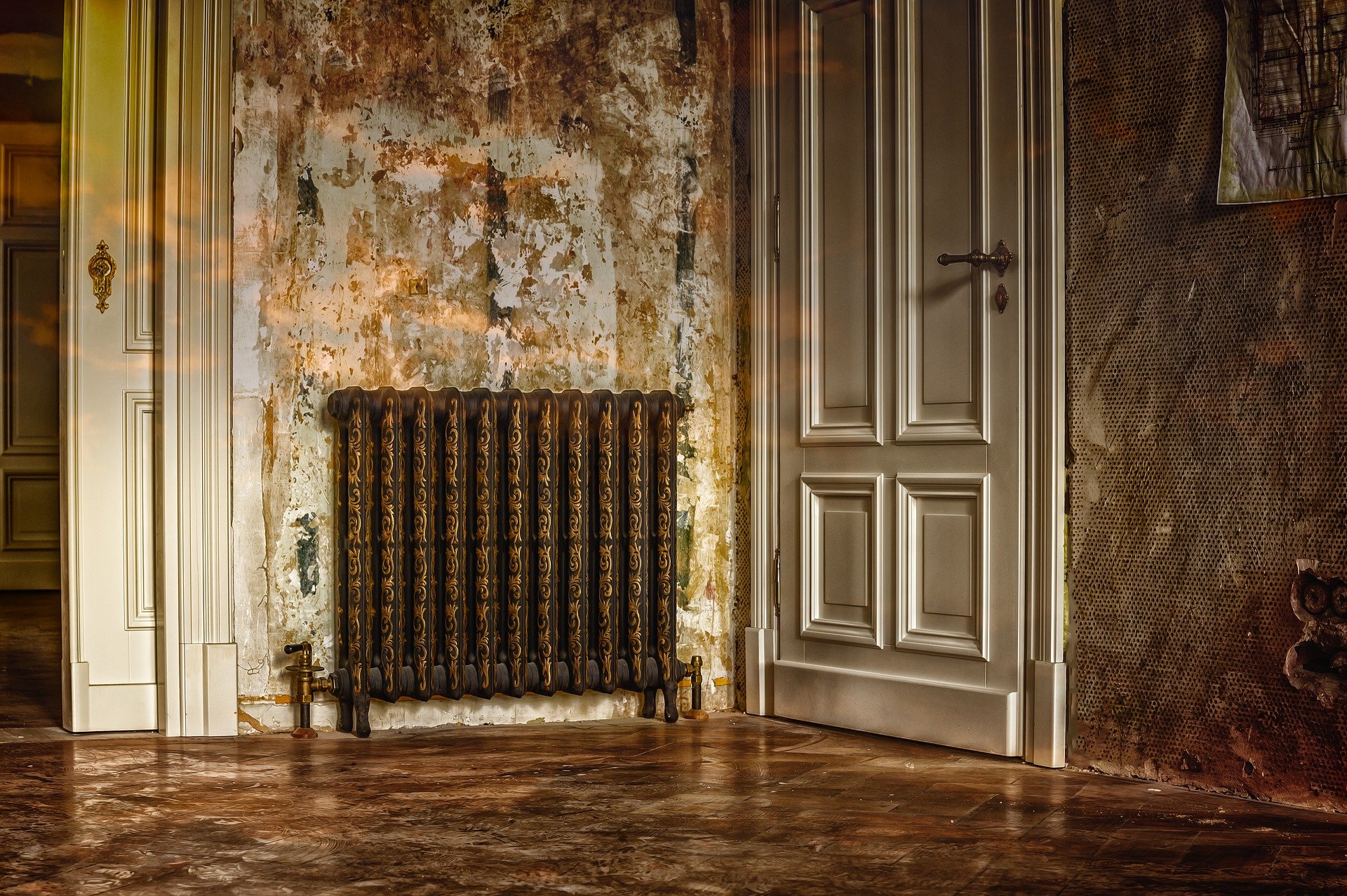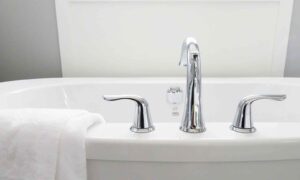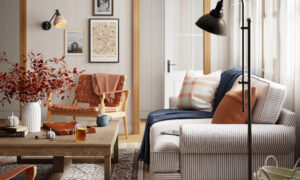Would you like to take a guess at how long manufacturers have been using cast iron to make radiators? After all, they tend to have quite a retro design, so it must be an almost antique method which made them? If you said any year after 1900, you haven’t gone back far enough. If you said 1850, you’ve gone too far.
Cast iron radiators became common radiators in homes back in 1892 when the American Radiator Company introduced this revolutionary heating concept to the American, and later European, market. While many people tend of think of cast iron as something from the Victorian era, in large part due to manufacturers giving radiators names like Antique Brass, Edwardian, Buckingham etc., the truth is that cast iron radiators had quite a narrow window of popularity before manufacturers moved towards steel, and later stainless steel.
This brief window of popularity, mainly due to cast iron being so cheap at the time, has created a legacy that still makes cast iron radiators look trendy to have in homes. But is it possible to put a modern spin on cast iron? The simple truth is yes if you know the reasons why.
Cast Iron is impressively efficient
Let’s start with the reason cast iron has worked for so long. You might view cast iron as an expensive radiator option; it didn’t use to be the case. Much like how lobster used to be a poor man’s food, cast iron was the bargain material to work with. That, combined with unparalleled heat retention, meant that homes that couldn’t be well insulated in the old days could have a radiator that worked well with little input and could retain heat for longer periods.
Even today, if you were shopping and found two identical sized radiators (one steel, one cast iron) and compared their heat retention, cast iron will last longer, as it is a dense material (the denser something is, the longer it holds heat). With it being so heavy, it must make it difficult to work with, right?
Cast Iron gives you some flair
In the same way home heating has come on leaps and bounds, so too has radiator manufacturing. Yes, most cast iron radiators are still formed and pressed in sections before being put together, but it doesn’t mean you can’t get away with styling and profiling.
Old cast iron radiators used to be barebones (which I’ll talk more about next). Still, many contemporary models now have designs, emblems and insignias etched or pressed at later stages of production. This allows brands to literally add their own stamp to cast iron radiators. Just look at some of the corner details these brands have on their models, which were inspired by old design but are completely modern.
Cast Iron doesn’t have to look the part
Speaking of modern design, top radiator brands, especially in Italy and the UK, are adapting cast iron to make it look modern. You can see it with cast iron radiators that don’t have detailing on the side, have thin panels without slats, are finished in chrome or silver and use contemporary-looking legs and valves. Some don’t even consider it a major selling point. You might even buy a designer radiator and only find out afterwards it is made from cast iron. And with the likes of electric cast iron radiators creating something of a radiator paradox, cast iron’s evergreen nature is still holding strong well into the 21st century.
Suppose you’re interested in modernising the design features in your home? In that case, I recommend checking out the latest interior design idea articles we have on-site.








